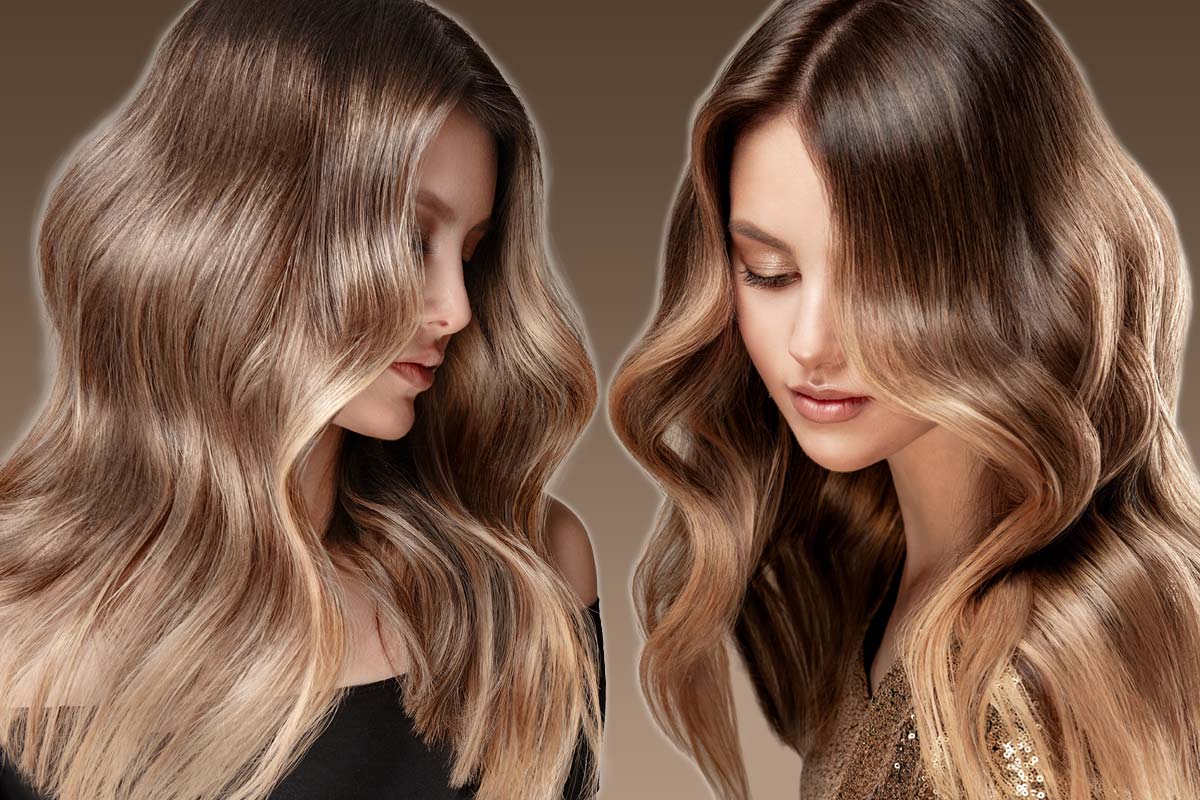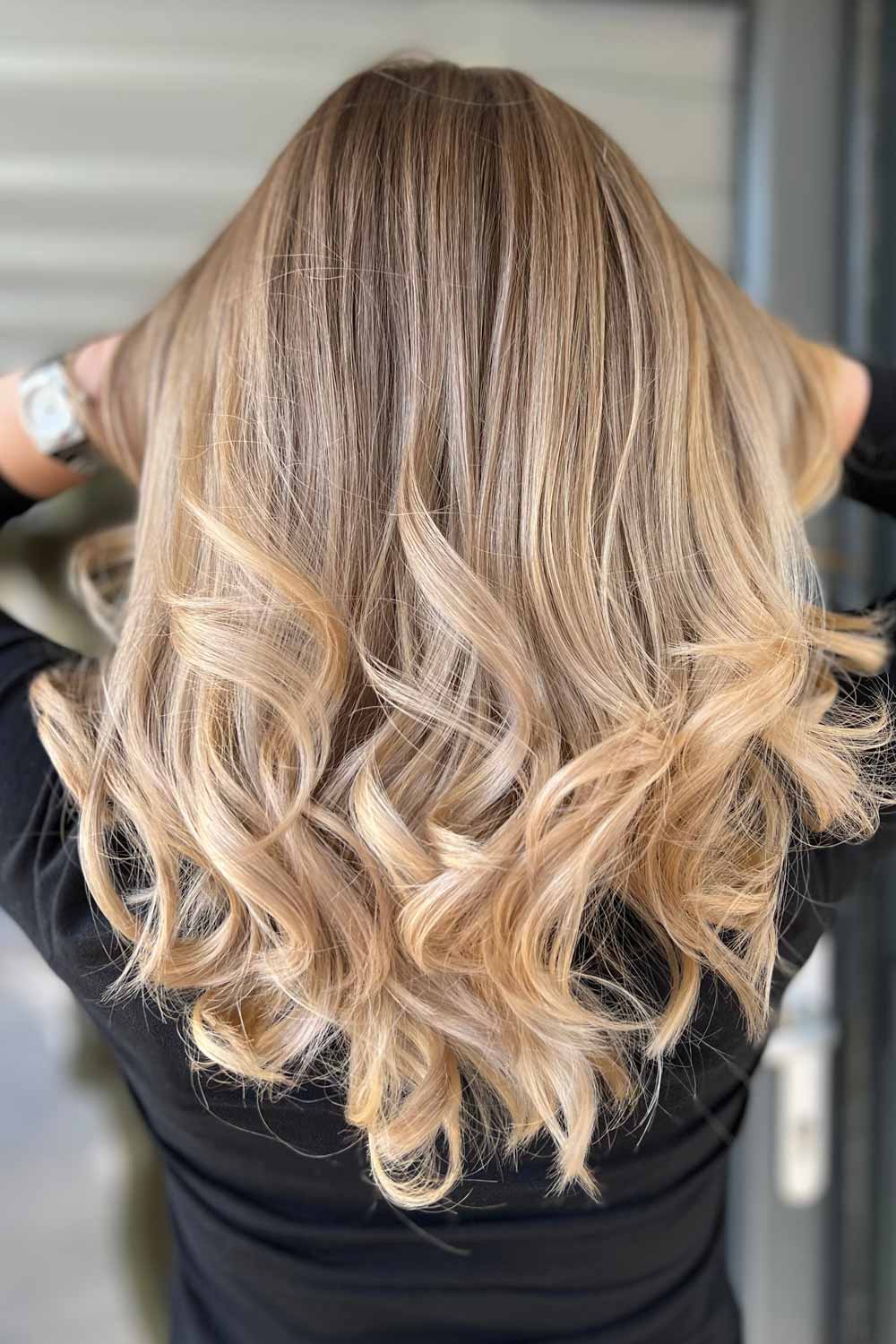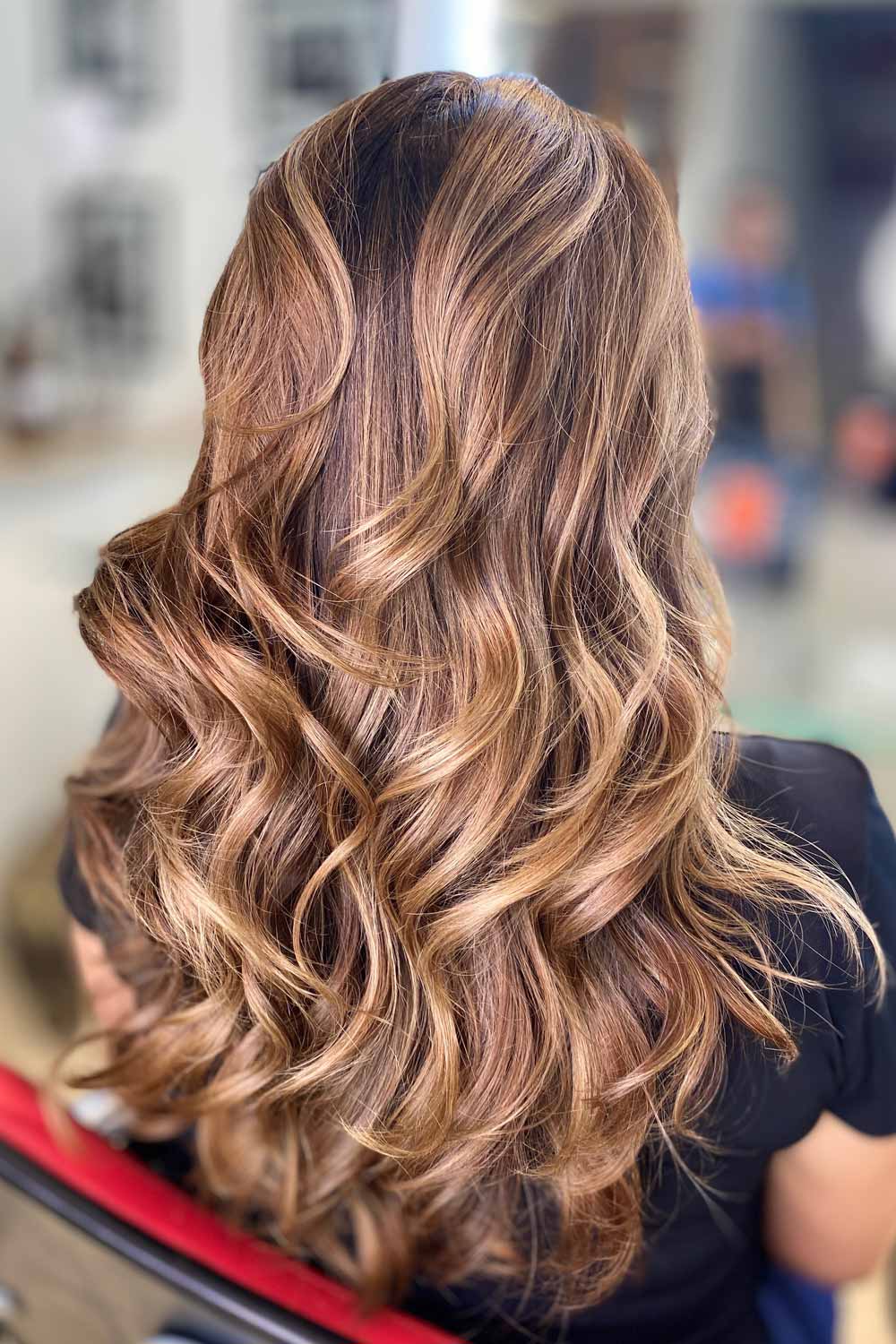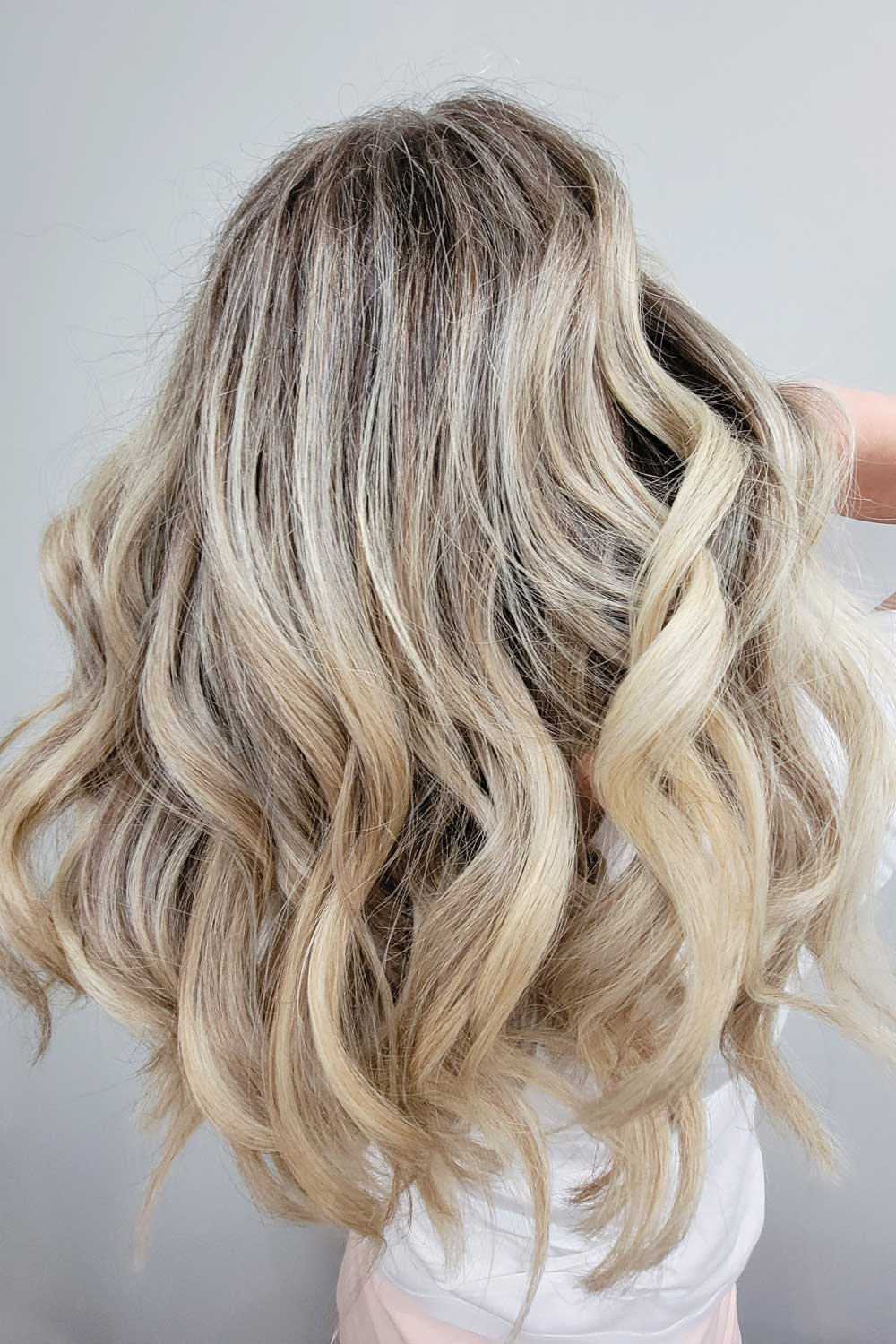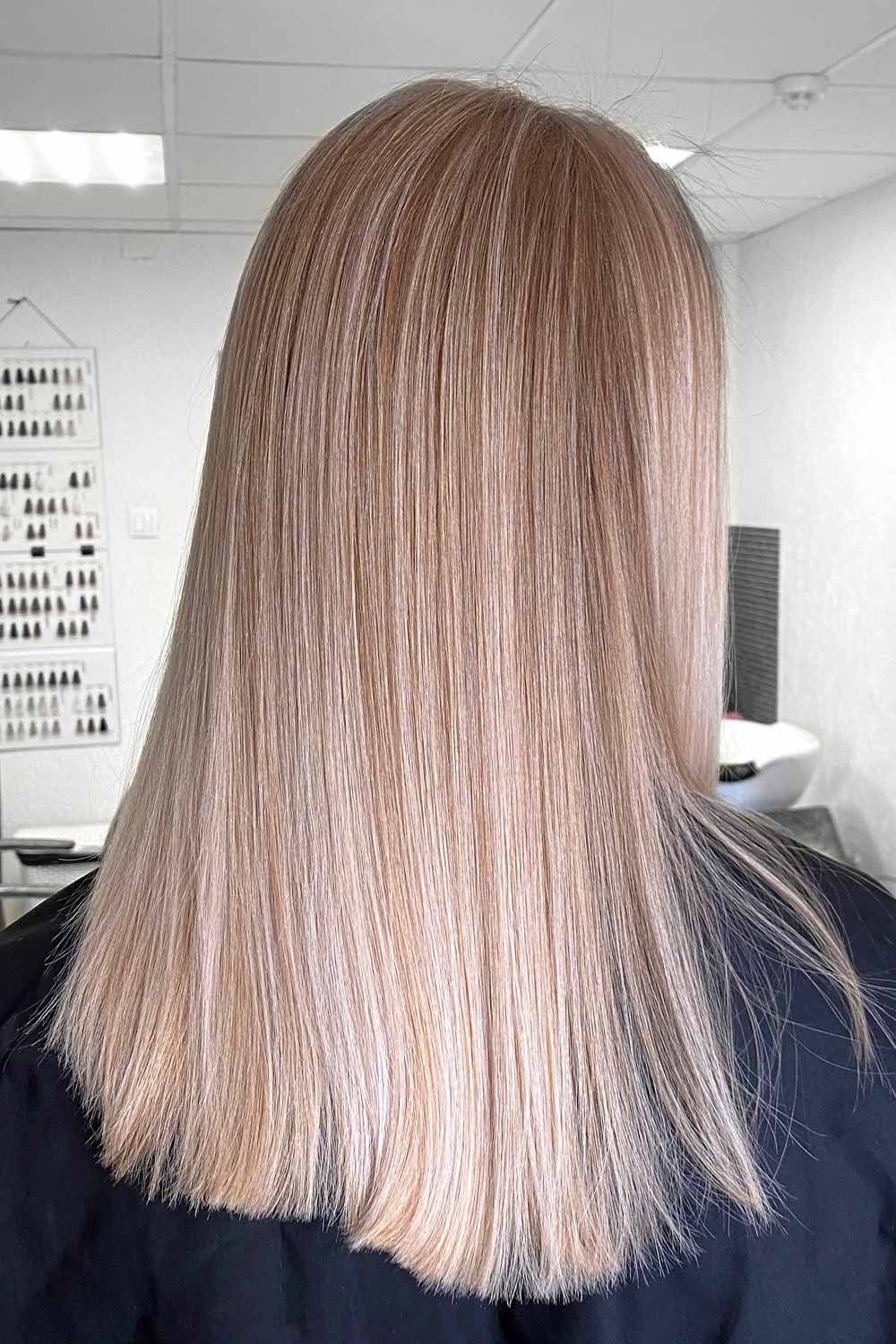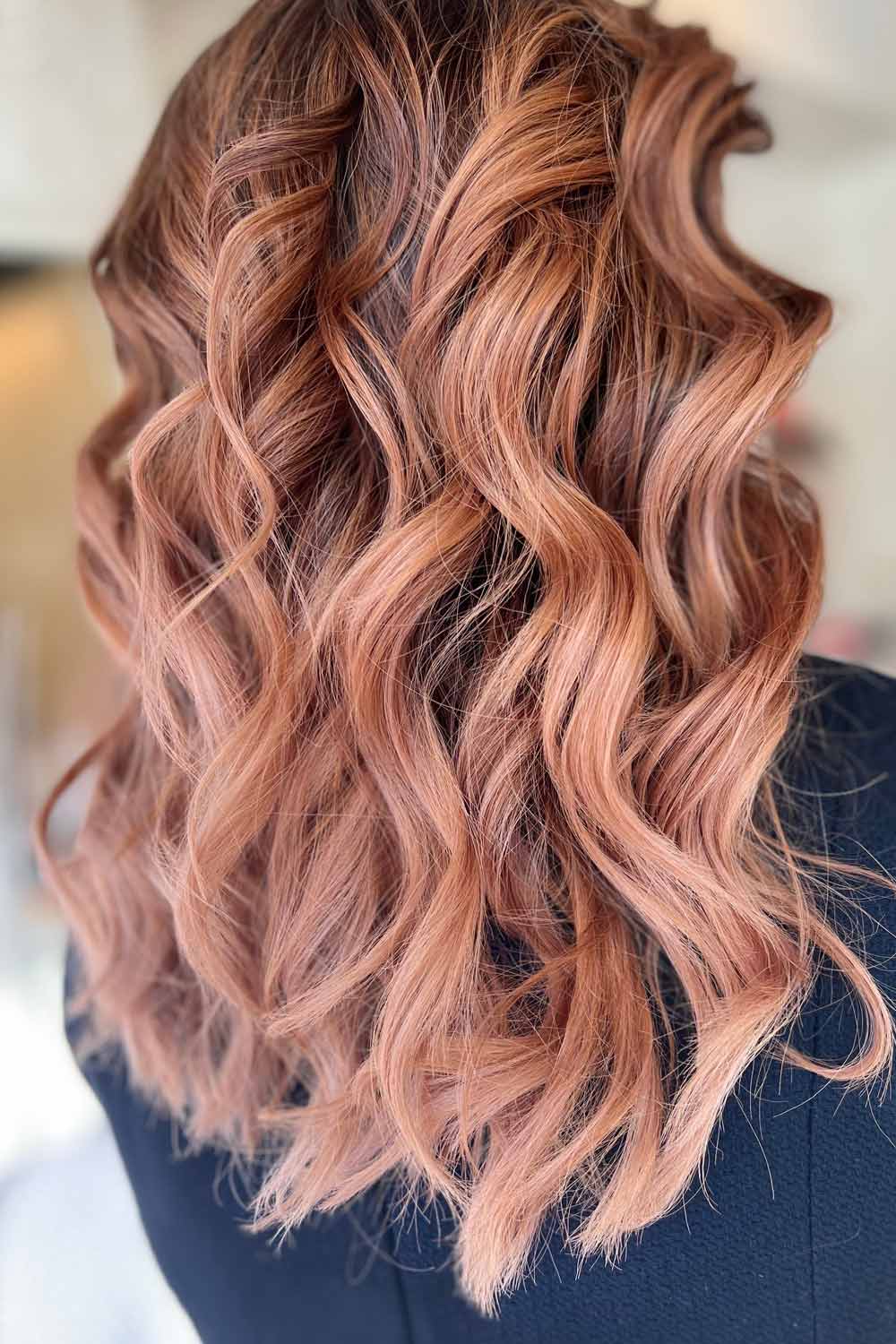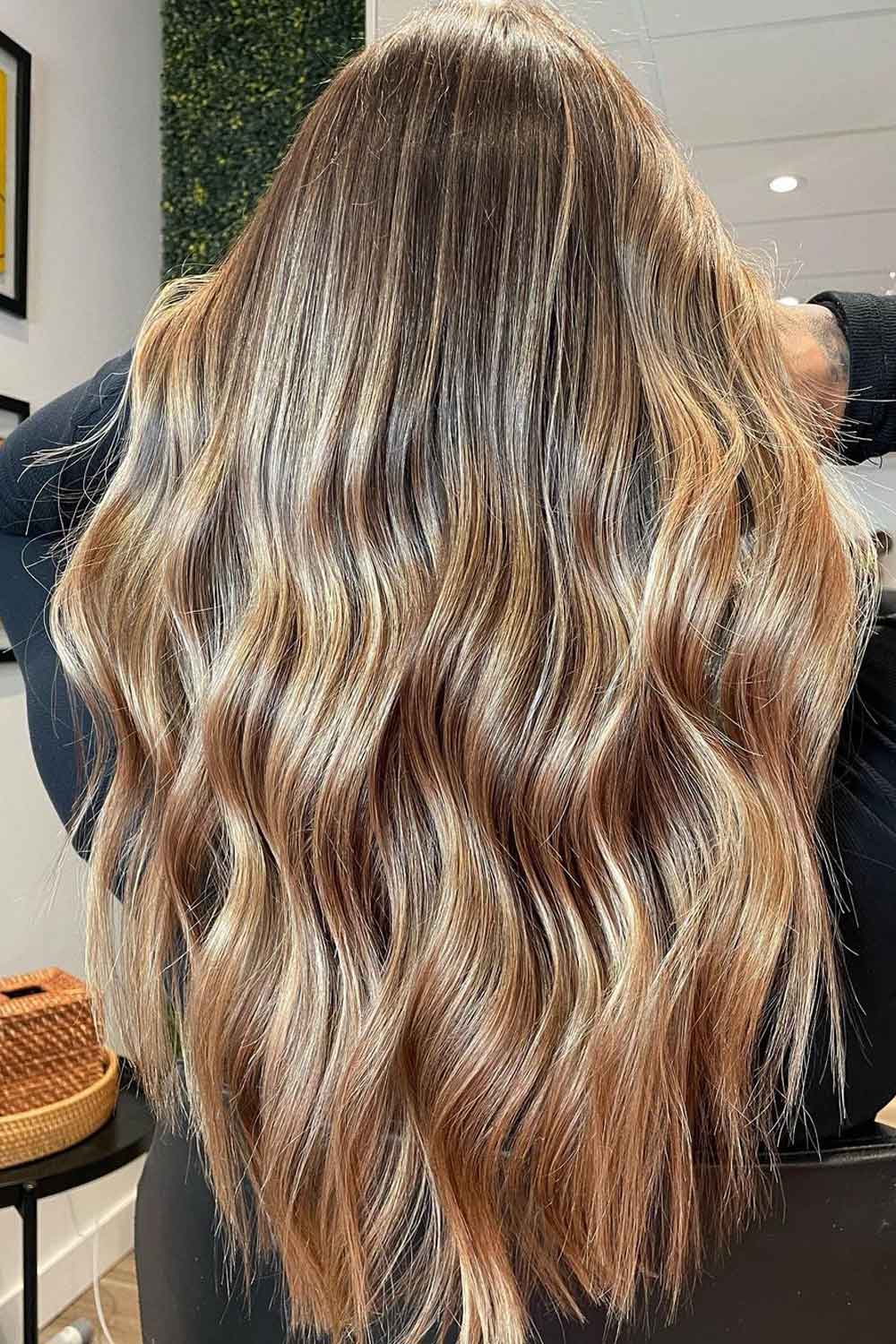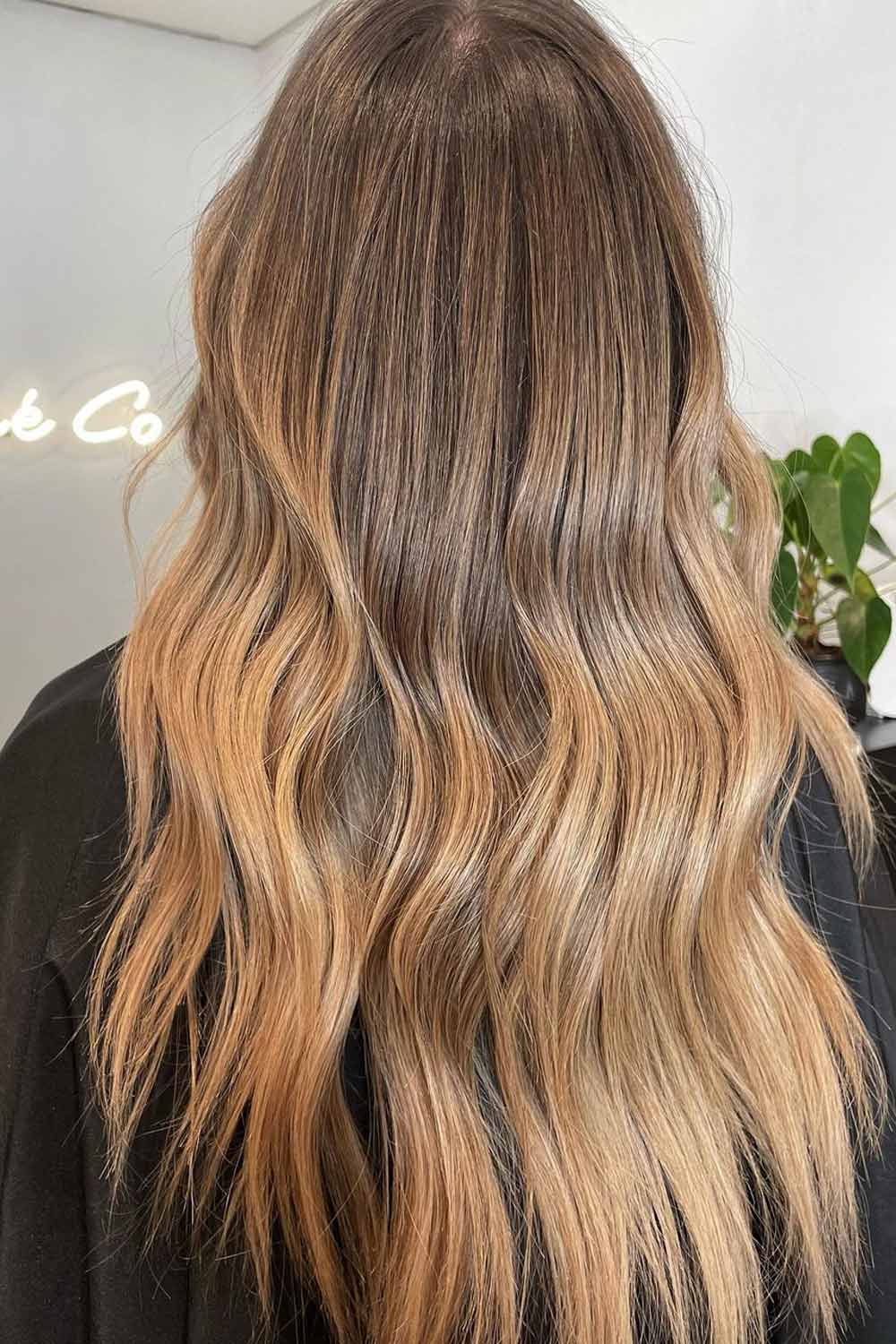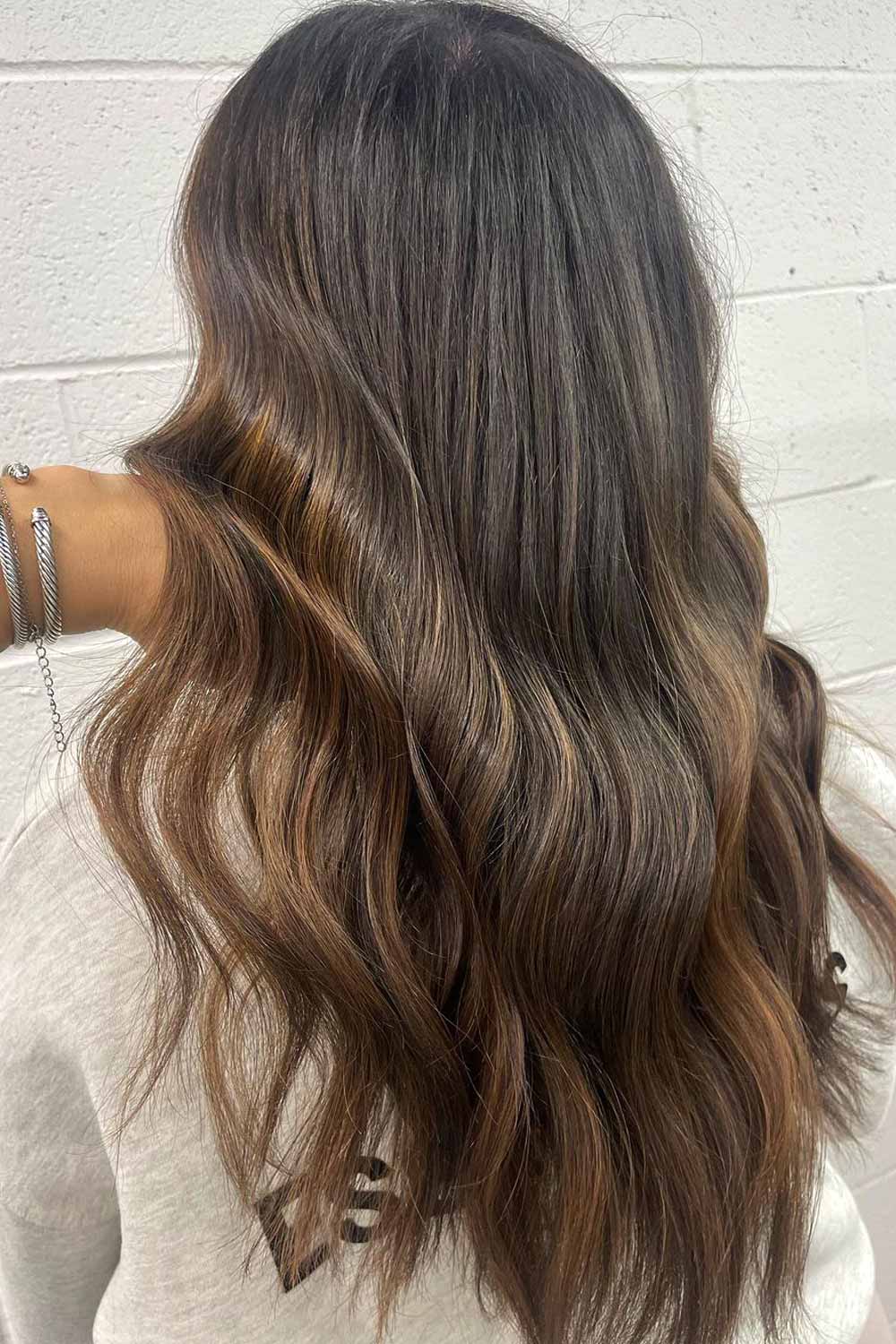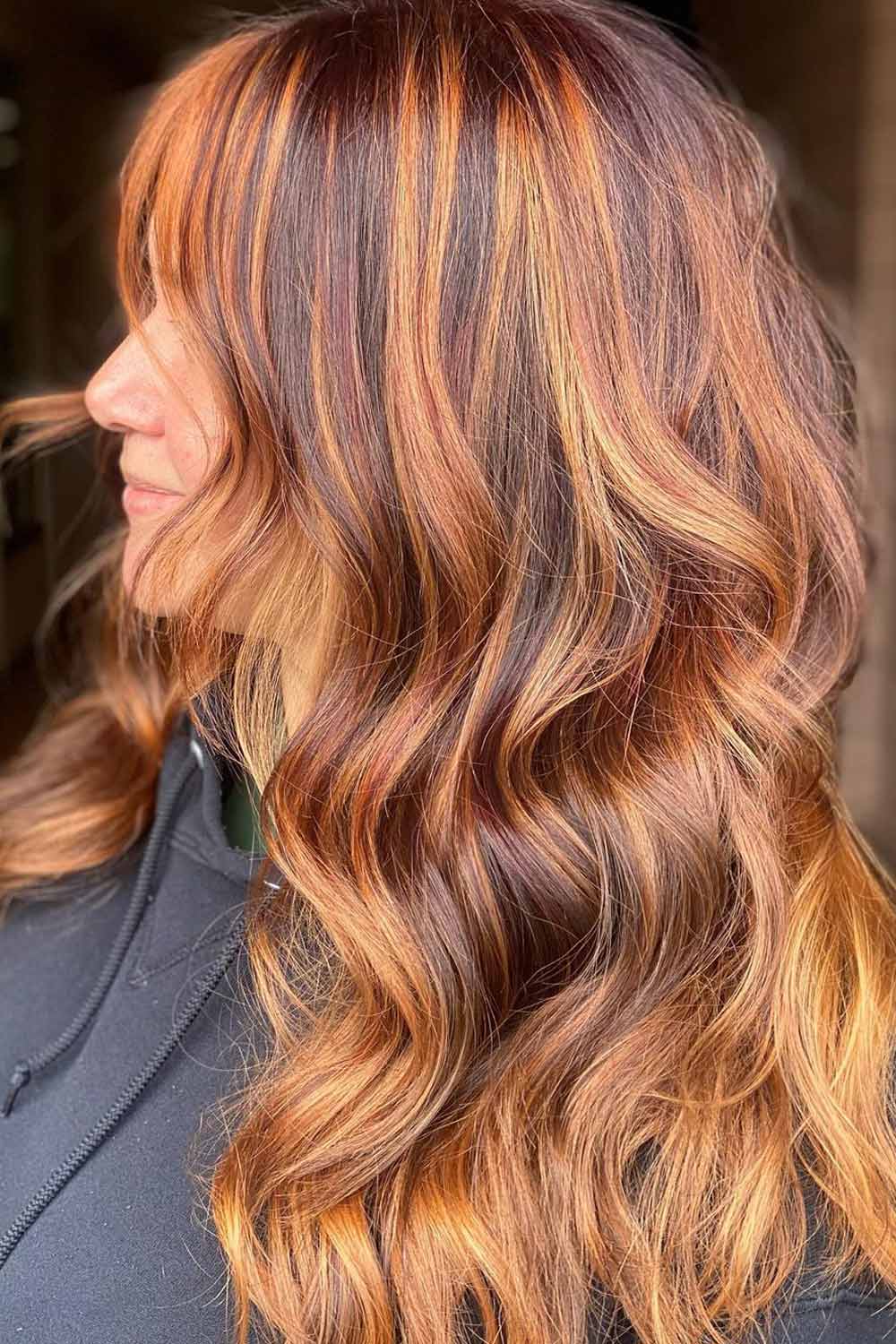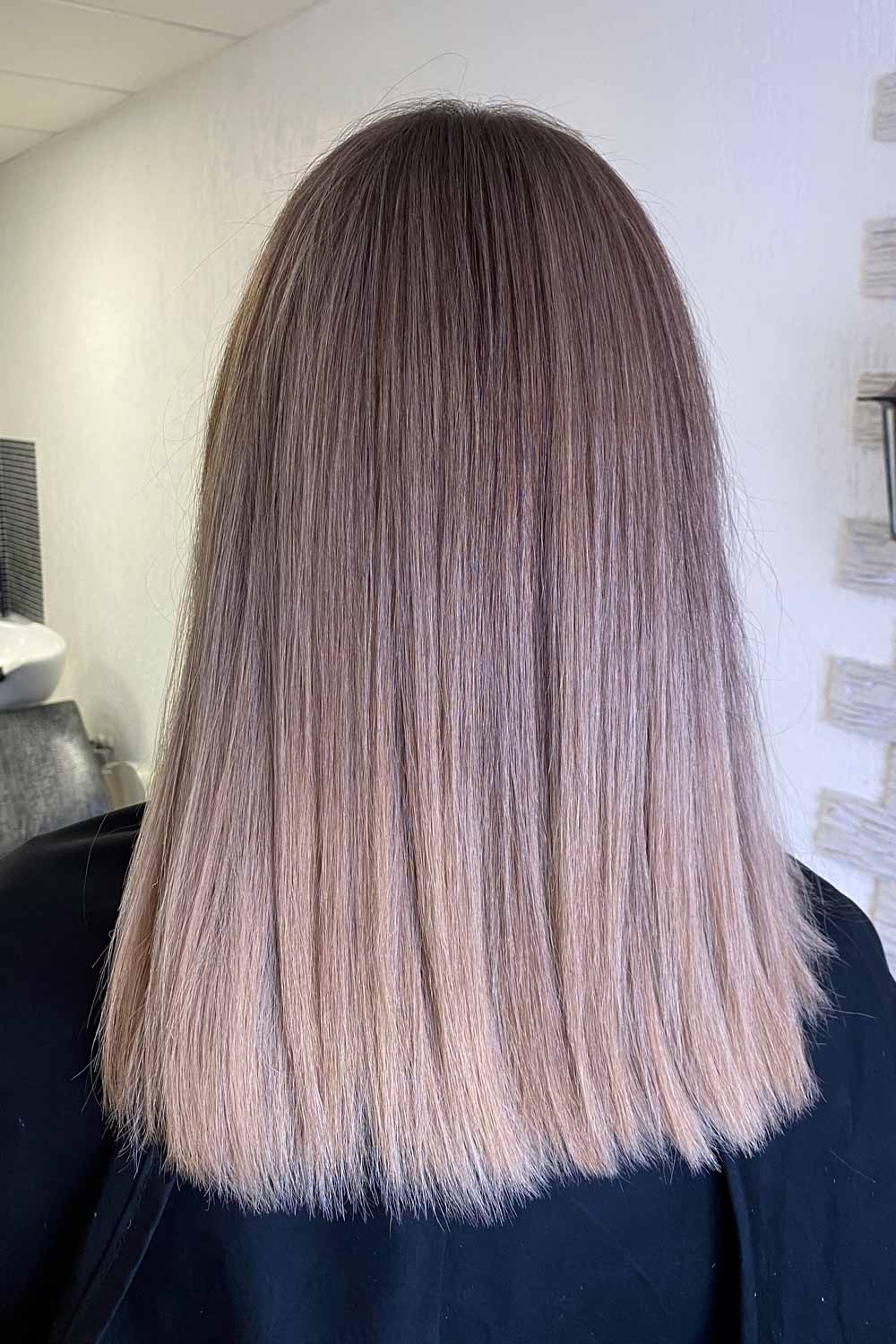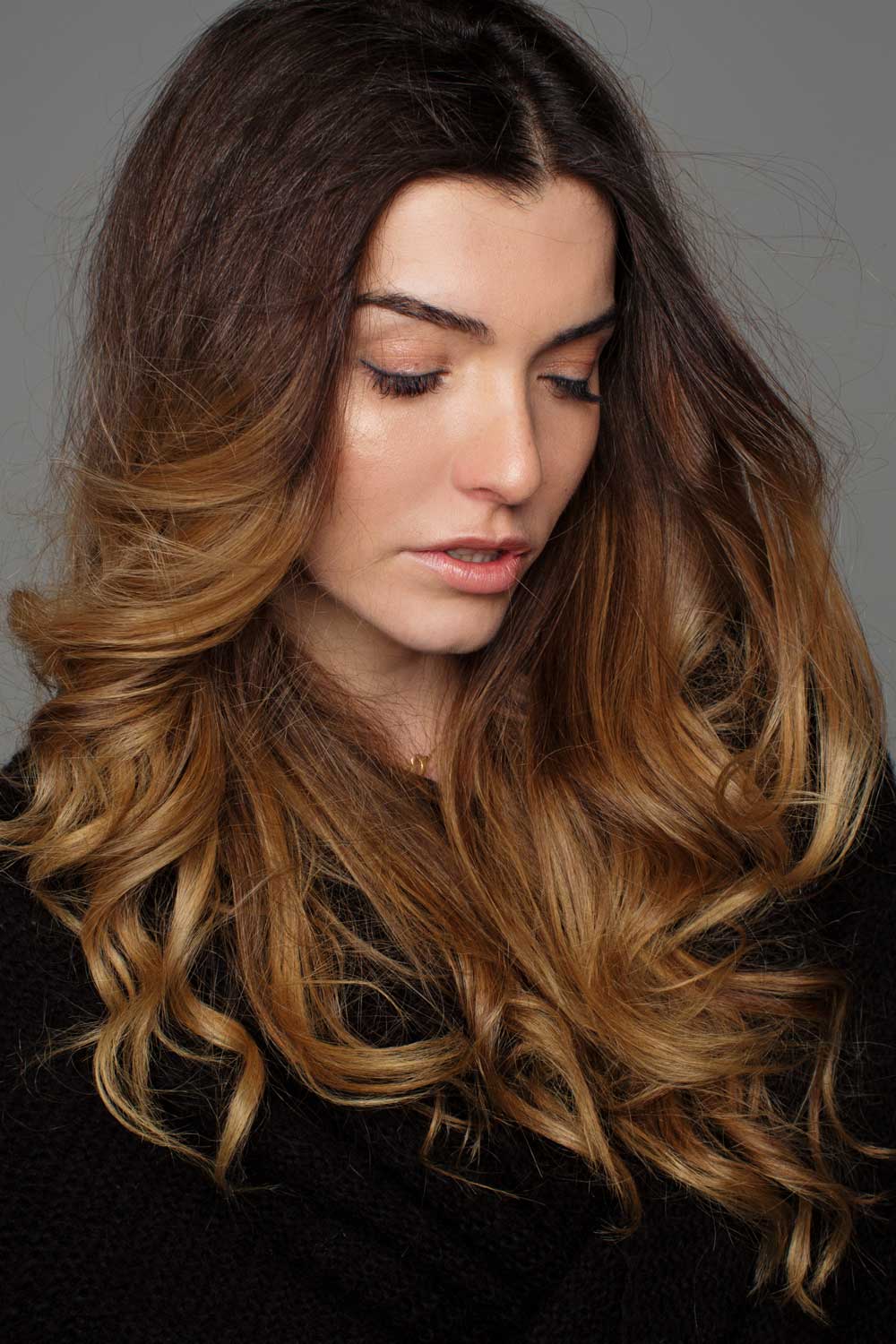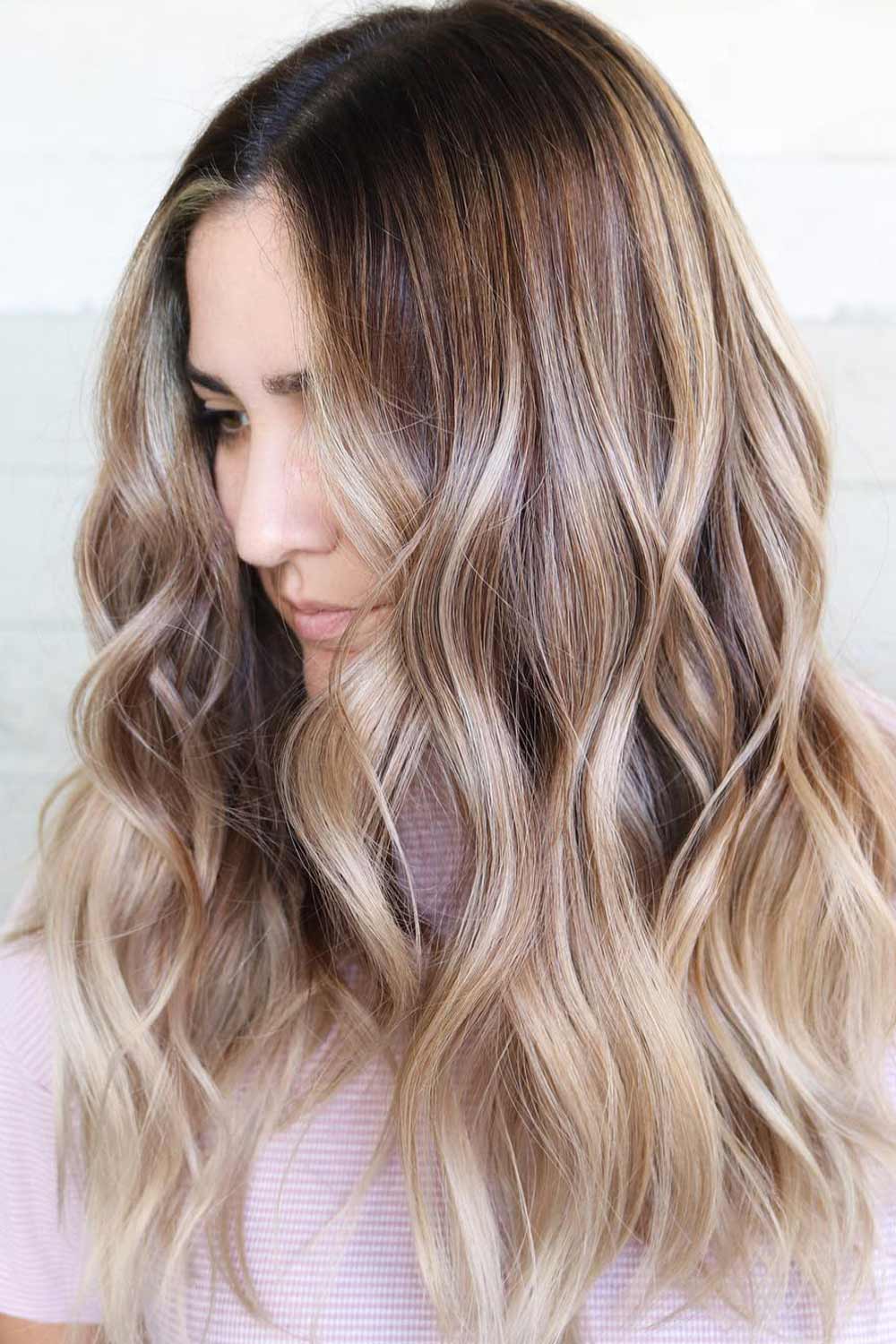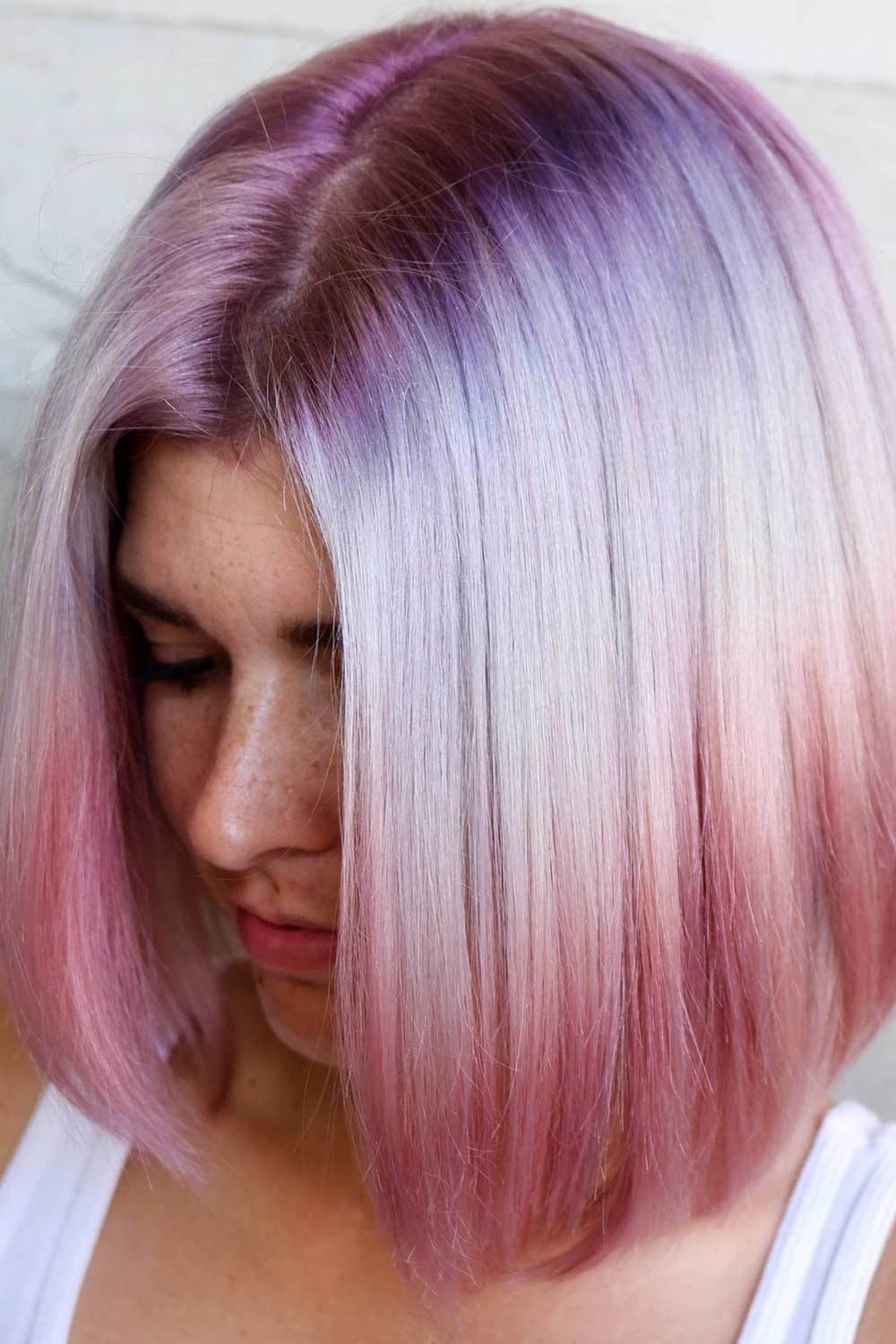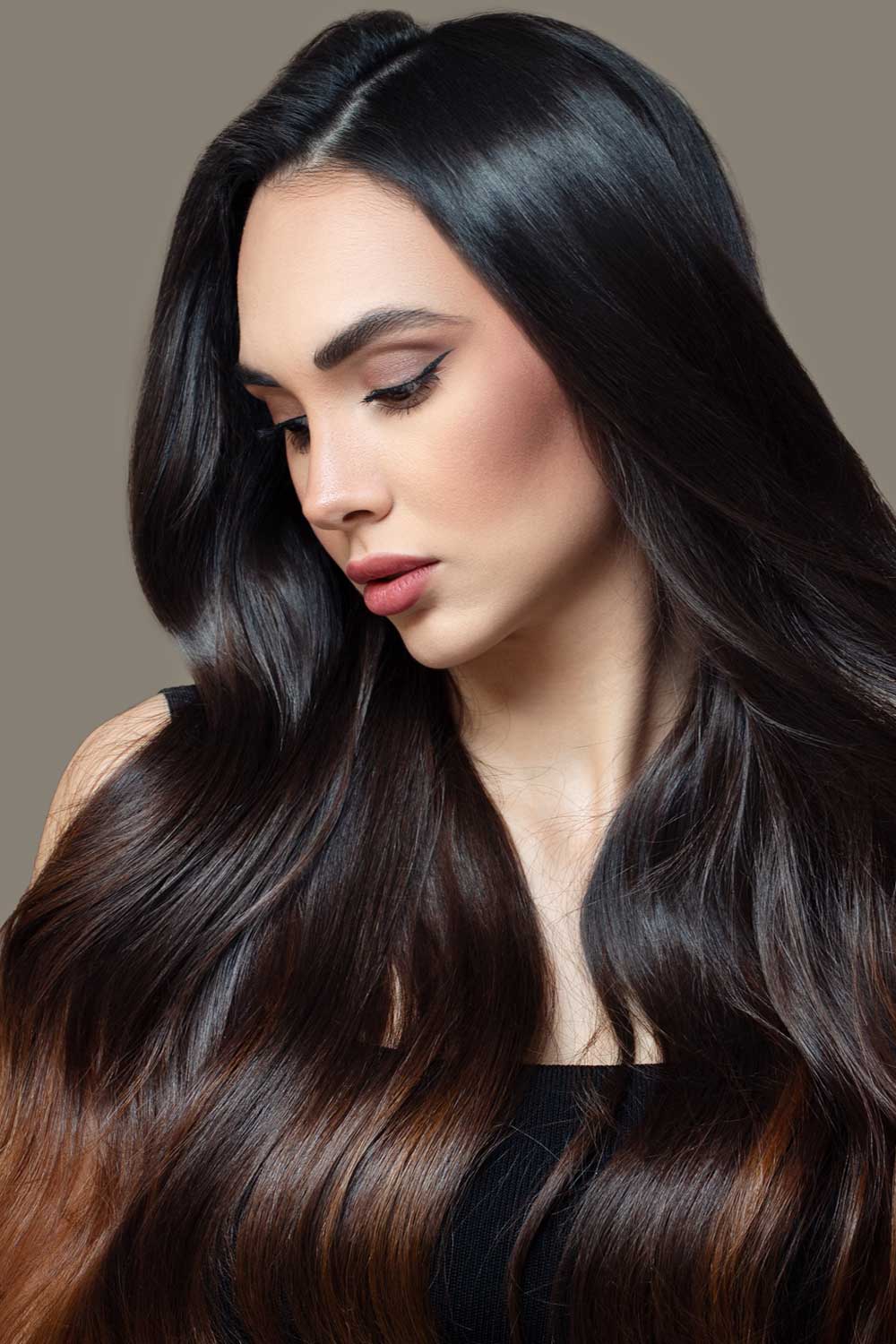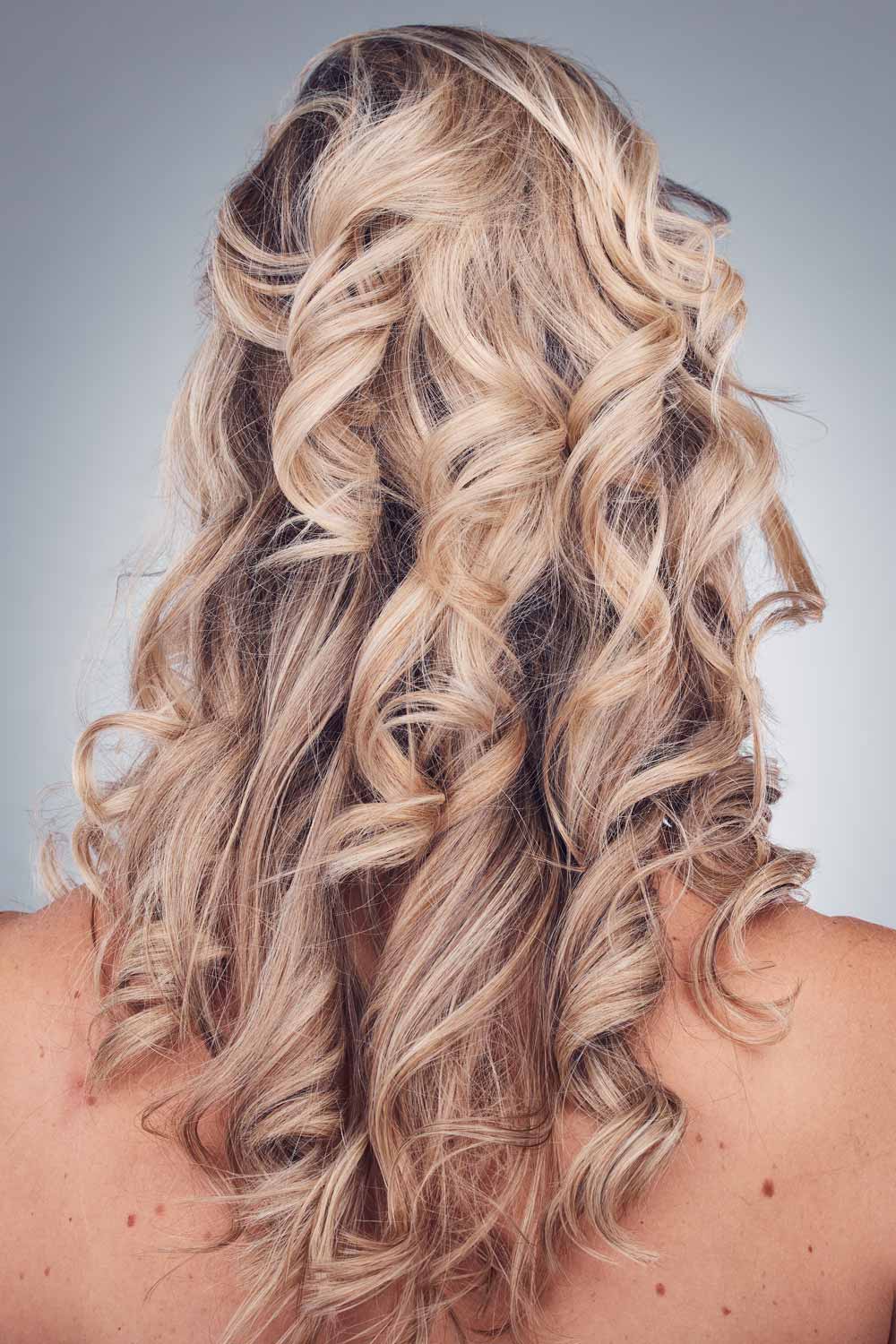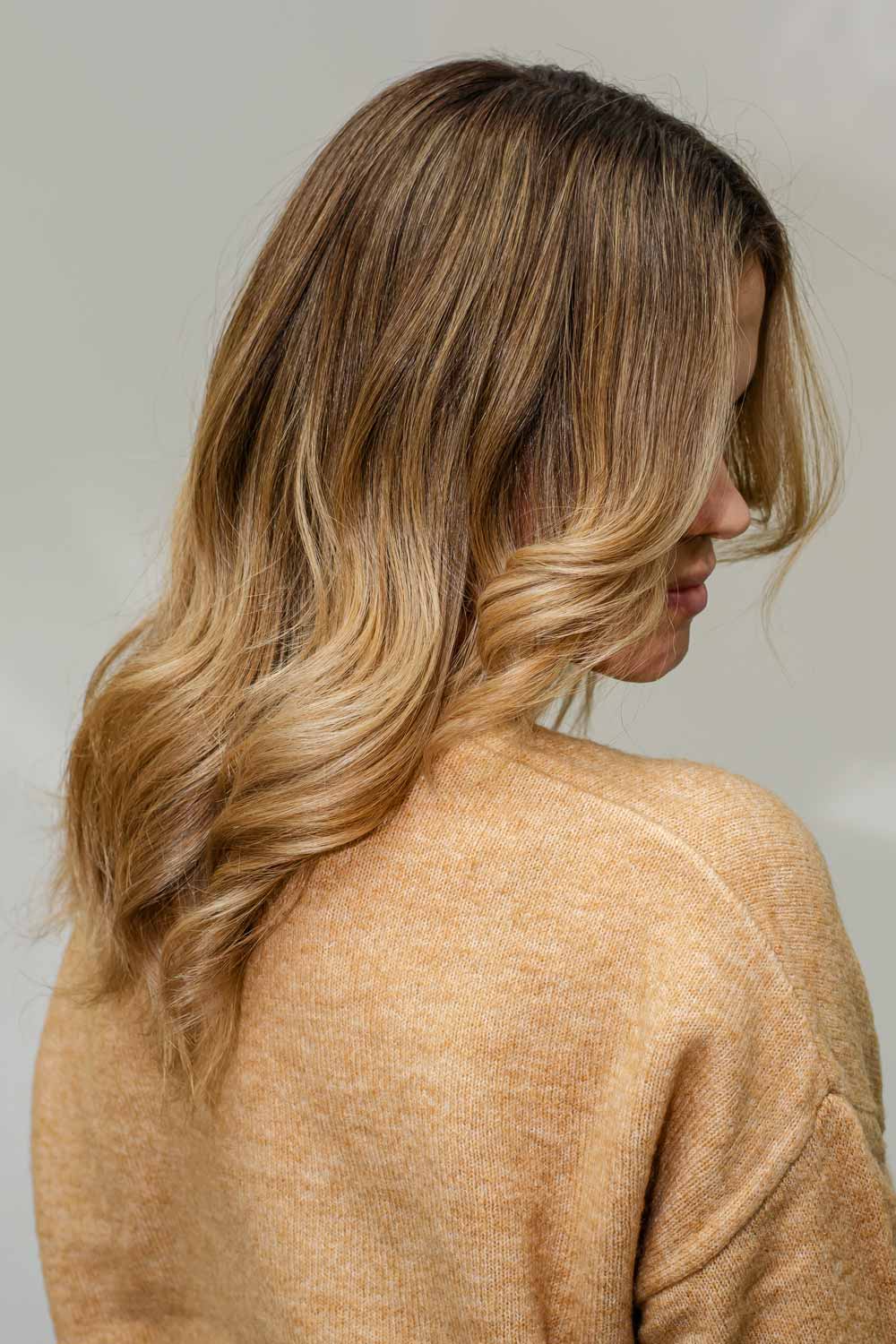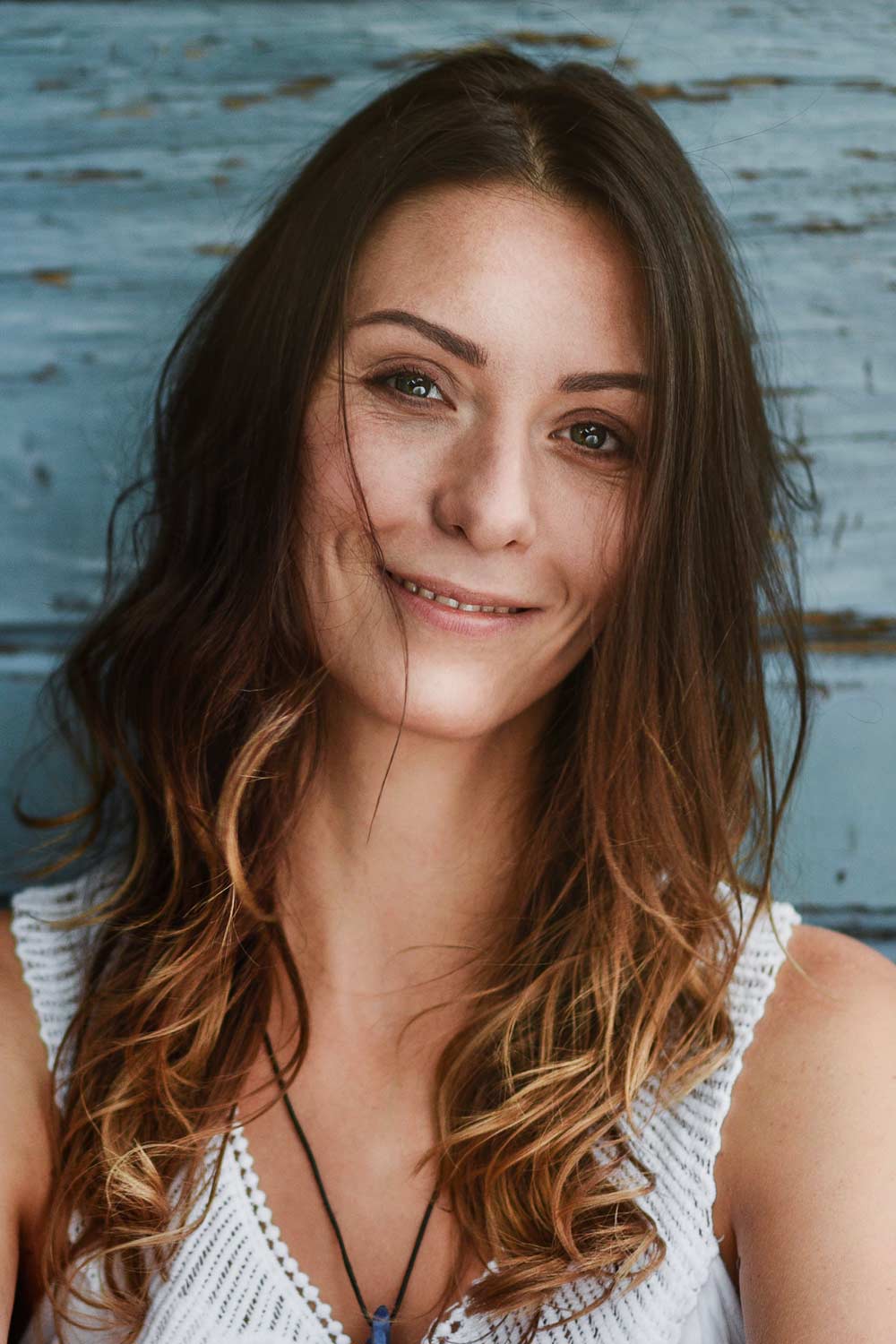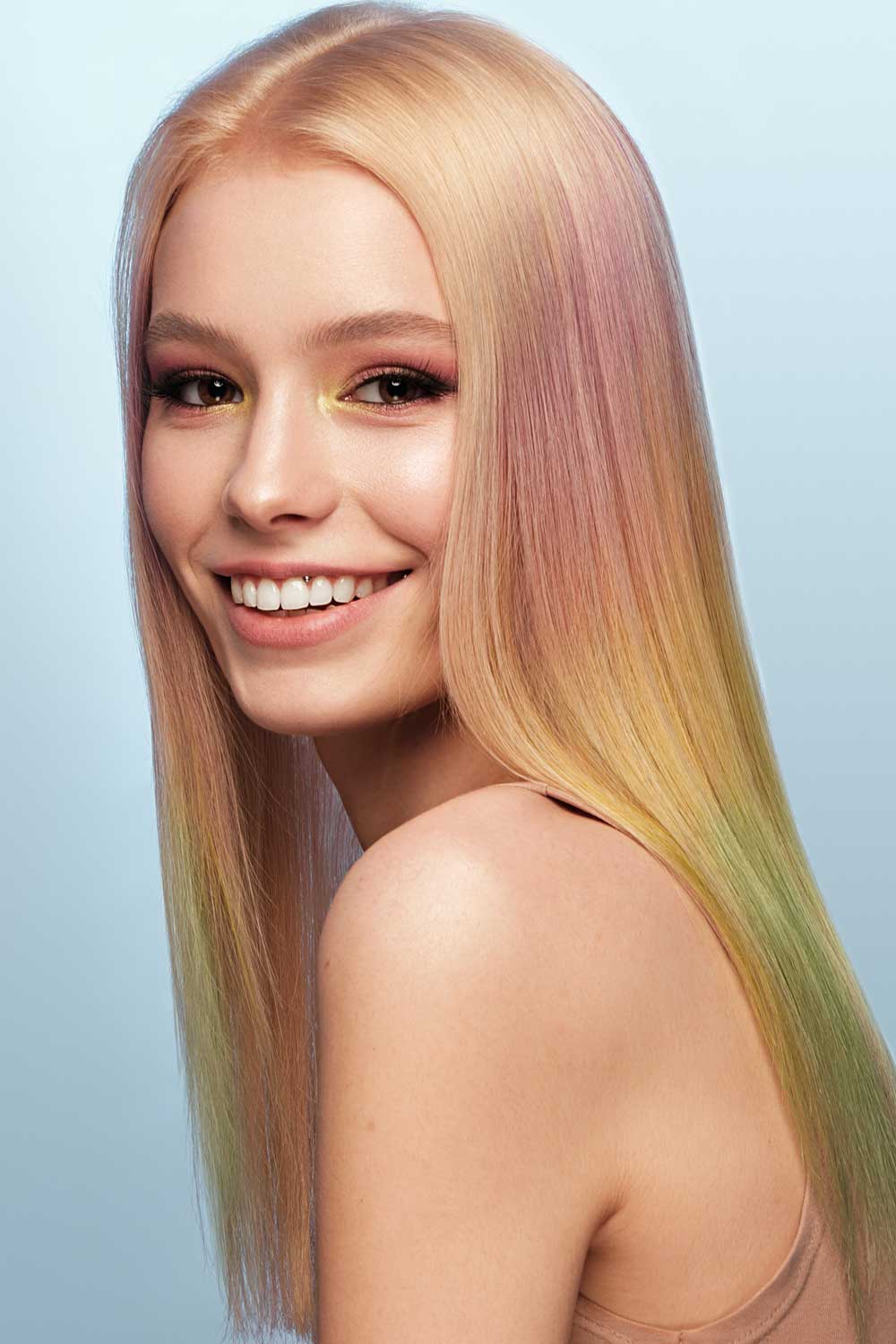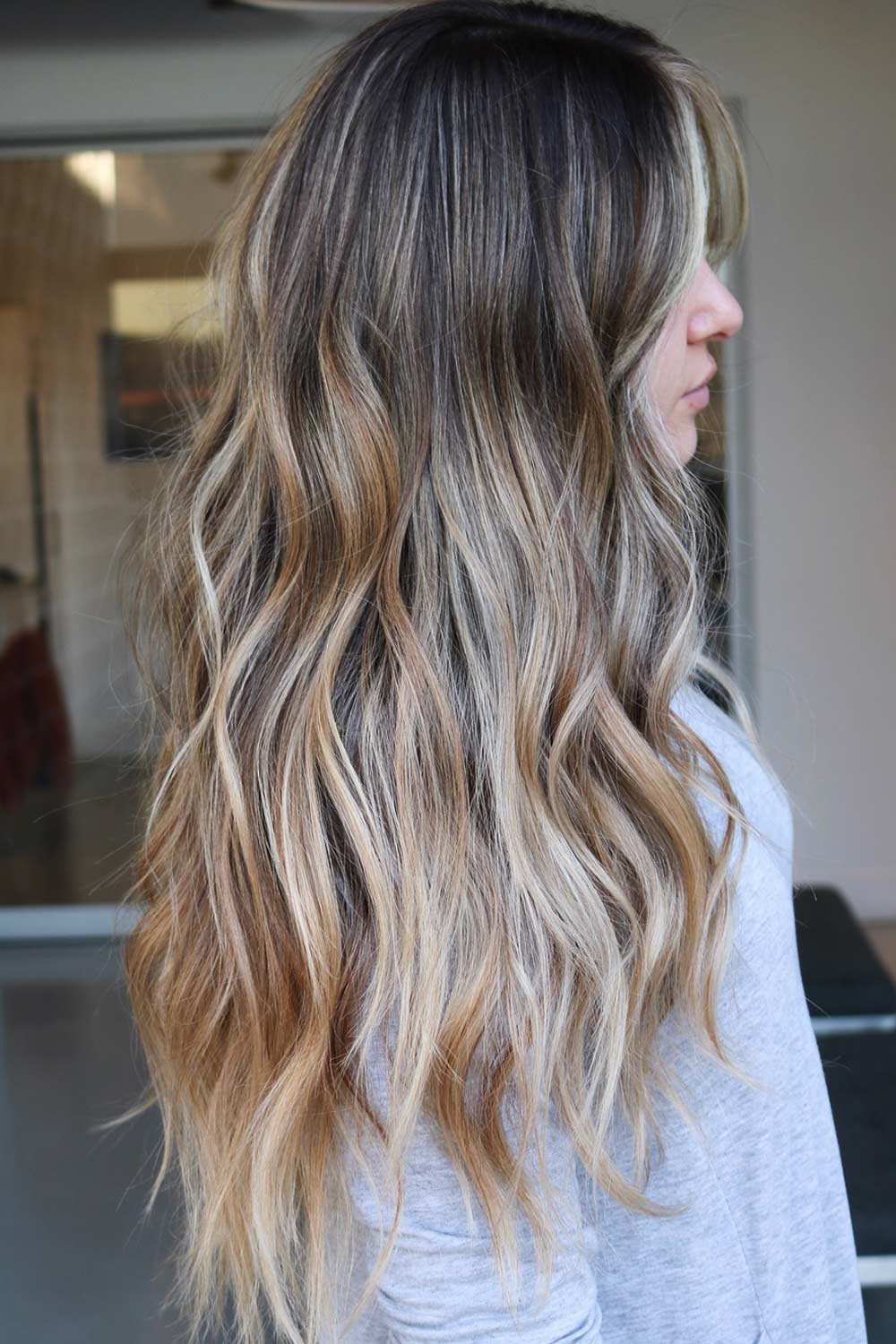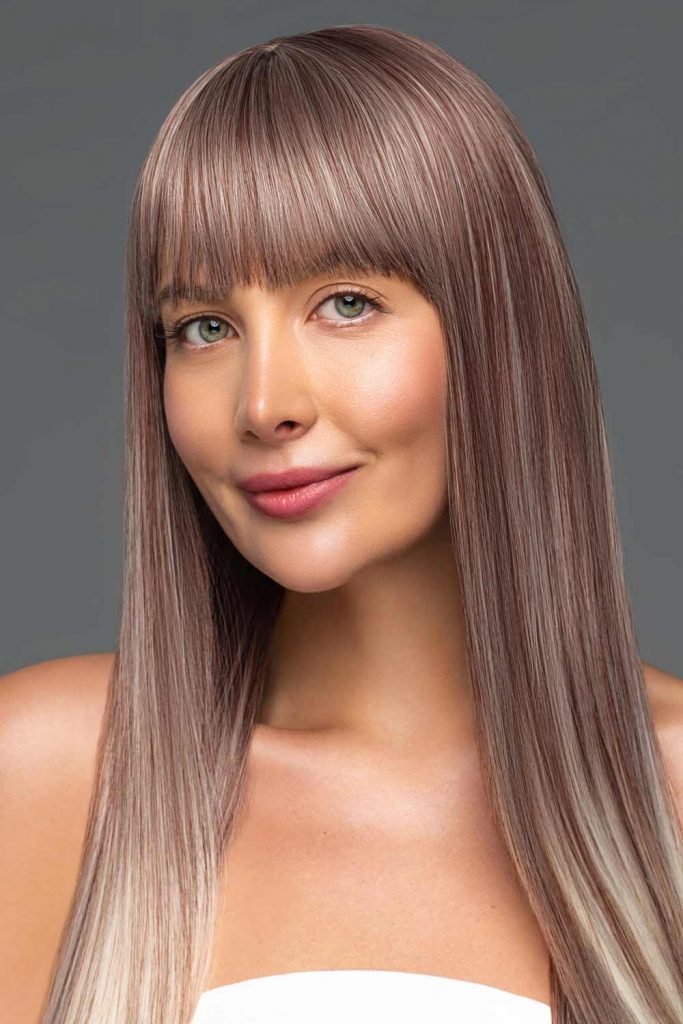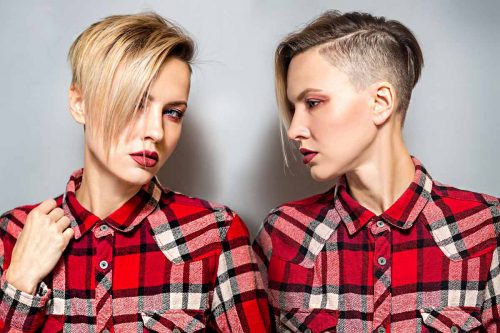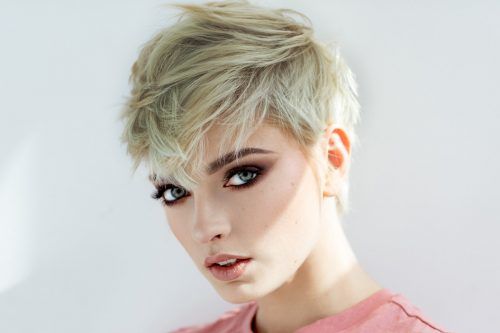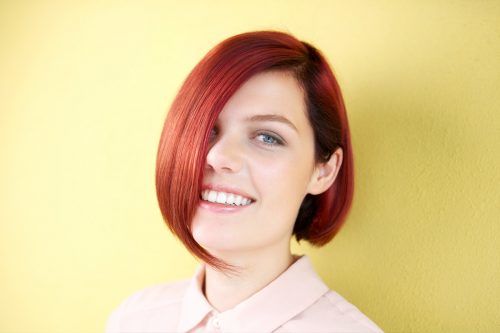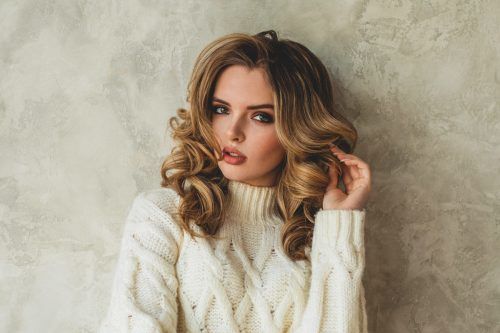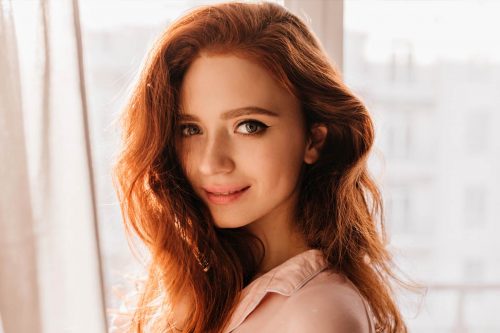Balayage vs ombre, so what is the difference between these popular treatments that are often confused as being similar?
Balayage means “to sweep” in French. It is the technique done by sweeping dye in triangular hair sections, which results in the lightening of the natural hair color.
And ombre means “shadow” in French. It is the style that is characterized by the lighter to darker shade transition. Basically, ombre is the color blocking. And now let us discuss these techniques in a greater detail.
QUICK NAVIGATION
- Balayage vs Ombre (Key Points)
- What is Balayage Hair?
- What is Ombre Hair?
- How to Pick the Right One for You?
- FAQ
BALAYAGE VS OMBRE: WOULD YOU CHOOSE?
Anonymous quiz
- Balayage
- Ombre
- Both!
Vote to see results
BALAYAGE VS OMBRE: WOULD YOU CHOOSE?
What is Balayage Hair?
Balayage hair is a popular hair coloring technique that originated in France. The word "balayage" comes from the French term "balayer," which means "to sweep" or "to paint." This technique involves hand-painting or freehand sweeping hair color onto the strands, creating a natural and sun-kissed look. Unlike traditional highlighting methods that use foils and create uniform streaks, balayage creates a softer, more blended effect. Balayage can be adapted to different hair lengths, textures, and colors. It can be used on both light and dark hair, and the colorist can customize the shades to complement the individual's skin tone.
There are various variations to this hair coloring technique. Some common ones are mentioned below.
-
V-shaped method: This balayage method allows for a more gradual gradation of color, as the lighter shades are concentrated at the mid-lengths and ends of the hair.
-
Foilyage: This is a combination of balayage and traditional foiling techniques. After applying the balayage highlights, the colored sections are wrapped in foils to intensify the lightning process.
-
Flamboyage: This is a newer technique that uses adhesive strips or meshes to pick up thin sections of hair. The colorist then applies the color onto these strips before folding them in half, creating a sandwich-like effect. It allows for the precise placement of highlights and a unique result.
-
Reverse Balayage: Another technique where darker tones are hand-painted onto lighter hair, creating a reverse effect of the traditional balayage. It adds depth and dimension to the overall look.
Balayage is not limited to just blonde shades; it can be done with various hair colors, including brunettes, reds, and even pastel tones.
What is Ombre Hair?
Ombre hair is another popular hair coloring technique that involves a gradual transition of color from darker roots to lighter ends. The word "ombre" comes from the French term meaning "shaded" or "shadow", which perfectly describes the effect achieved with this coloring method. The result is a subtle or bold gradient effect, depending on the desired look. Also, the key to successful ombre hair is a smooth and seamless blending of colors.
Ombre hair gained popularity for its visually appealing and eye-catching effect. It offers a bold, trendy look without the need for constant color touch-ups, making it a desirable choice for those who want to experiment with hair color while minimizing upkeep.
Also, just like balayage hair, ombré hair has different variations.
-
Sombré: This is a more subdued version of the classic ombré. The color transition is more gradual and subtle, with less contrast between the dark and light shades.
-
Color-Melt Ombré: In a color-melt ombré, multiple colors are used to create a smooth, melted effect. The colors blend seamlessly into each other, creating a beautiful and unique gradient.
-
Reverse Ombré: In this variation, the lighter color is at the roots, and the color gradually darkens toward the ends.
-
Balayage Ombré: This is a combination of the balayage and ombré techniques. The color is hand-painted onto the hair using balayage methods, creating a seamless transition from the roots to the tips
Balayage vs Ombre: How They Differ (Key Points)
When it comes to ombre v balayage, both are popular hair coloring techniques that create a gradient effect. However, there are key differences between the two:
Transition of color. In the ombre technique, there is a distinct and noticeable transition from a darker color at the roots to a lighter color towards the ends. The color change is more dramatic and typically features a clear contrast between the two shades.
Balayage, on the other hand, involves a more subtle and natural-looking transition of color. The color is hand-painted onto the hair in a sweeping motion, creating soft and seamless highlights that blend in with the base color. The result is a sun-kissed and effortless look.Blending method. Ombre hair often employs a more structured approach to achieve the gradient effect. Colorists may use foils or other tools to apply the color and create a more defined line of demarcation between the darker and lighter sections.
Balayage relies on a freehand technique where the colorist paints the color onto the hair, using their artistic skills to create a more organic and blended look. There are no foils involved, and the highlights are strategically placed to complement the individual's features.Placement of color. Ombre typically focuses the lighter color on the lower lengths of the hair, starting around mid-length and continuing to the ends. The upper portion of the hair, closer to the roots, remains darker.
Balayage highlights can be placed throughout the hair, including closer to the roots. The colorist has more control over where to add the highlights, allowing for a customized and personalized look.Overall look. Ombre hair creates a more noticeable contrast between the dark and light colors, resulting in a bolder, more striking appearance.
Balayage hair offers a softer, more natural and sun-kissed look. The highlights are seamlessly blended with the base color, giving a more effortless and low-maintenance appearance.
Both ombre and balayage are versatile techniques that can be adapted to various hair colors and lengths. The choice between the two largely depends on the desired effect and the individual's preferences for hair color. It's essential to consult with a professional colorist to determine which technique will best suit your hair type and style preferences.
How to Pick the Right One for You?
Choosing between balayage vs ombre depends on several factors, including your hair type, personal style, maintenance preferences, and desired look. Here's a step-by-step guide to help you pick the right hair coloring technique for you:
Consider your natural hair color
Evaluate your hair length and texture
Consider your lifestyle and maintenance preferences
Think about your desired look
Consult with a professional colorist
Bring visual references
Be open to creative variations
Remember that both ombre and balayage can be stunning choices when done right, and the right one for you ultimately depends on your personal preferences and how well it complements your natural features
Balayage vs Ombre: Which Costs More?
Between balayage hair v ombre, most people ask which of these hair coloring techniques costs more. The cost of balayage or ombré hair can vary depending on several factors, including the location of the salon, the expertise of the stylist, and the length and thickness of your hair. While balayage hair might cost around $50 to $200, ombré hair might cost you between $100 to $250. What’s more, there could be extra charges where you get additional treatments like bleaching of the existing hair color.
FAQ: Balayage vs Ombre
Can you do both balayage and ombre?
The answer is yes. You can make use of the balayage coloring technique even if you want an ombré inspired style.
Which is more damaging – ombré or balayage?
It is safe to say that compared to balayage, ombre is more damaging to the hair. This is because ombre requires smaller sections of the hair to be fully saturated with the chosen bleach or color. Unlike the balayage which only the top of the hair needs to be saturated. Thus ombre damages the hair more compared to balayage.
Is balayage easier than ombre?
Ombre is a style, whereas Balayage is a coloring technique. Because the haircolor placement is not exact, but rather progressive (in case of Ombre) or sweeping (in case of Balayage), both result in a low-maintenance routine. If you love foil highlights, for example, you will need more frequent salon visits.
How long does a balayage take?
It depends on how many highlights you want, because balayage includes softly hand-painting the hair surface. A quick highlight might take around forty minutes, but a layered balayage can take up to four hours.
What is balayage on dark hair?
Dark brown balayage is a hair color with more natural-looking and smoother highlights scattered throughout a dark base. The balayage method is the best way to add flawless dimension and movement to your chocolate locks.
Summary:
Ombré is a gradient effect where the hair transitions from a darker color at the roots to a lighter color toward the ends. Balayage is a hair coloring technique where the color is hand-painted onto the hair in a sweeping motion, creating a natural, sun-kissed effect.
If you’re looking to change your look and style, either hair technique would beautifully do the job.
It’s always a good idea to consult with your preferred hair salon and stylist to get an accurate cost estimate for your specific hair length and desired look.
Was this article helpful?



